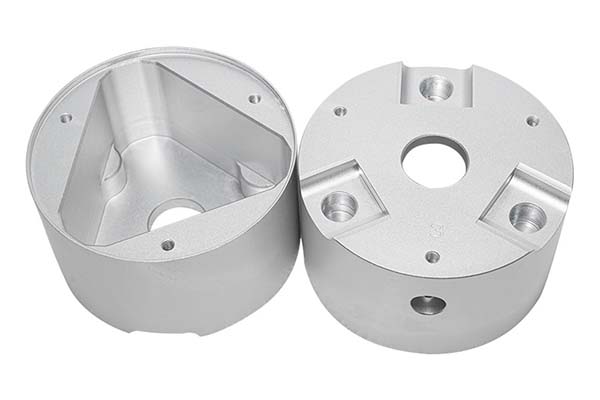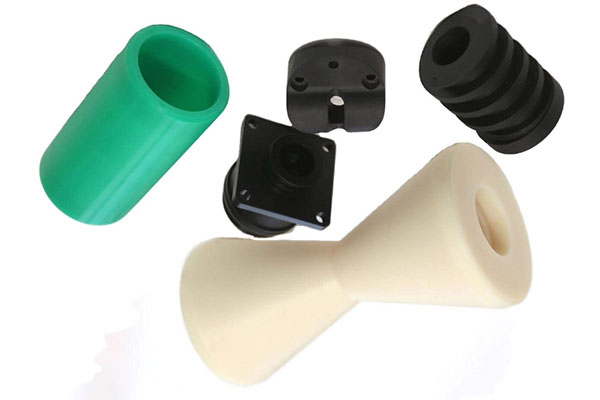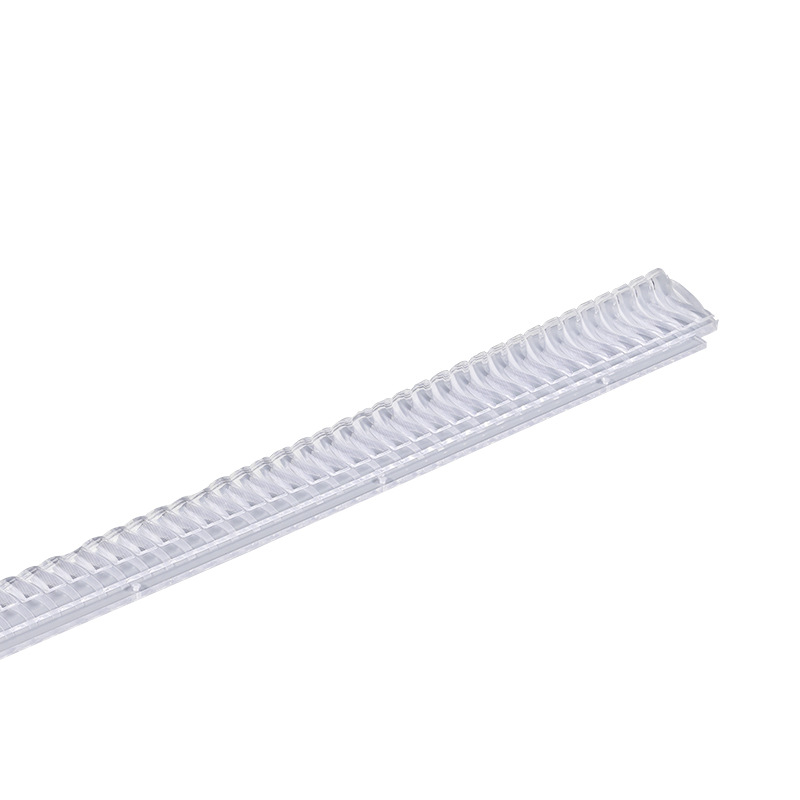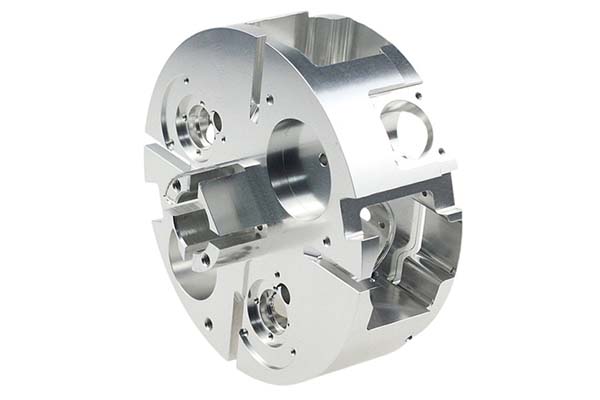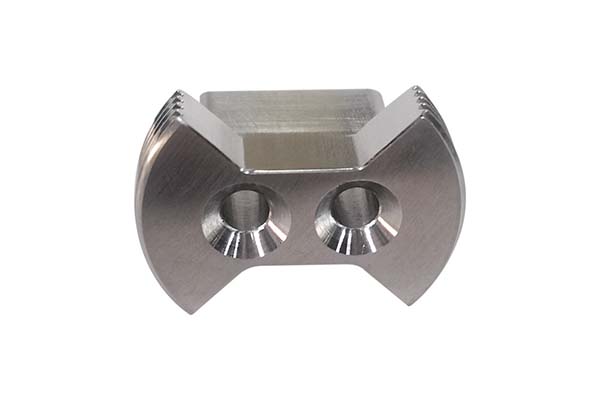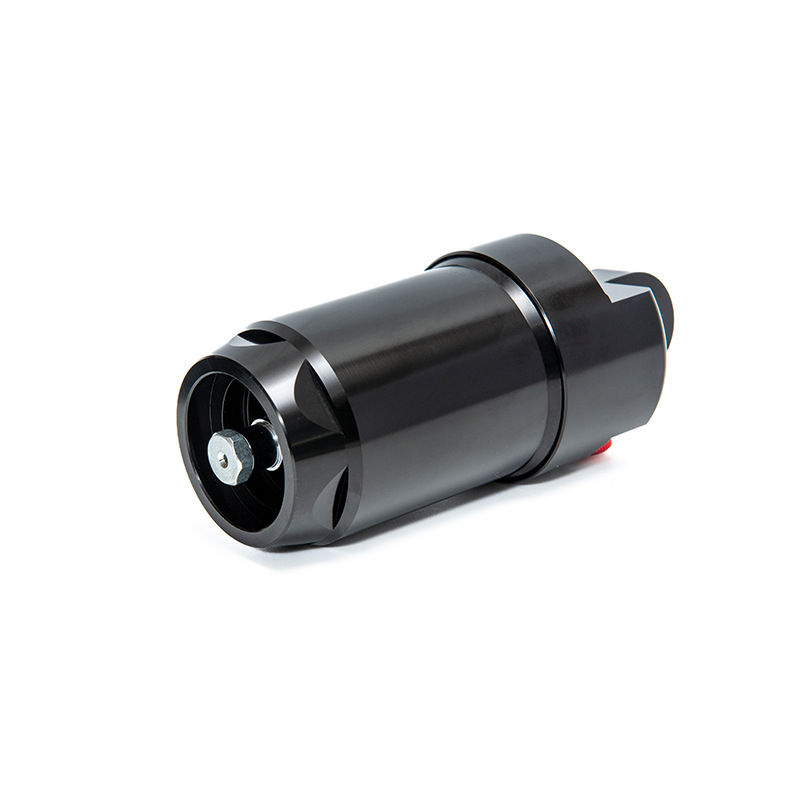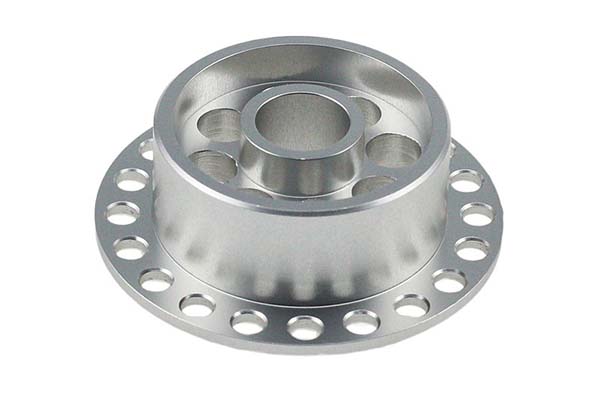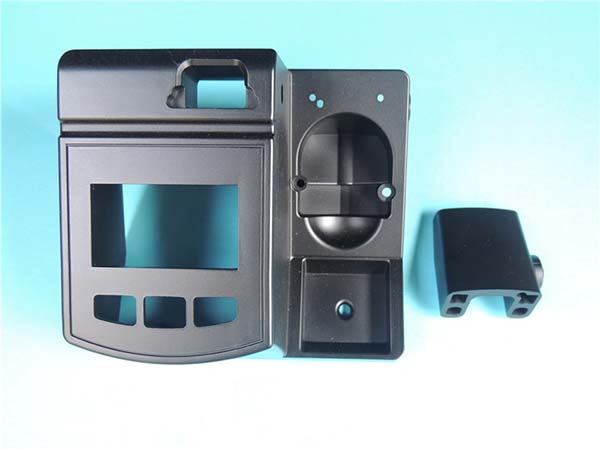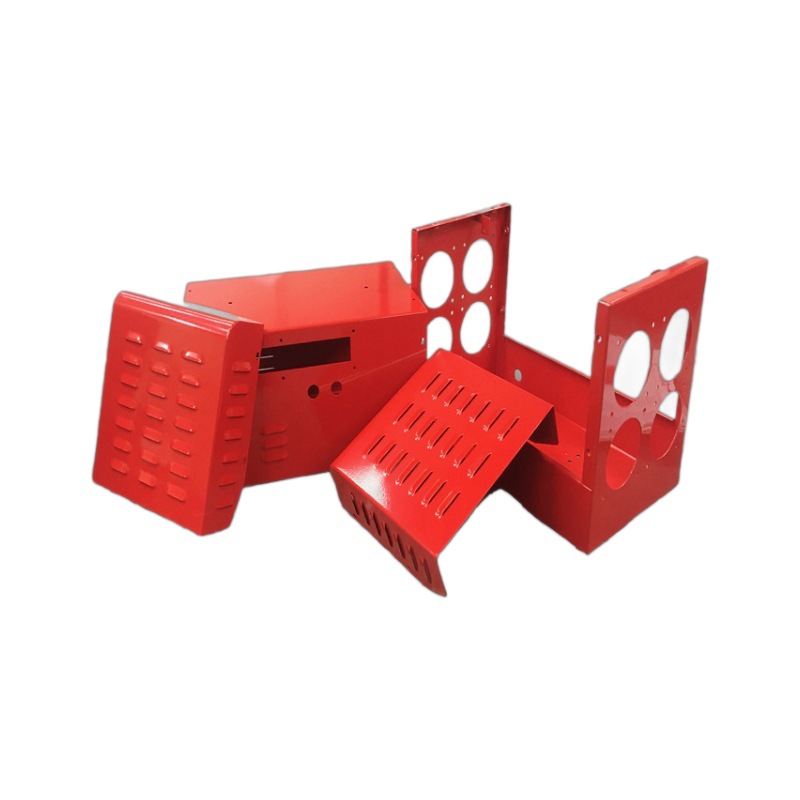In the world of manufacturing, finding components that fit perfectly, perform reliably, and meet strict standards is a constant challenge. Traditional manufacturing methods often struggle with consistency—parts might vary slightly from one batch to the next, leading to assembly headaches or product failures. This is where CNC components shine. But what exactly are CNC components, and how do they solve these common pain points? Let’s explore everything from their types and materials to their manufacturing process and applications.
1. Types of CNC Components
1.1 Machined, Turned, and Milled Parts
CNC machined parts are a broad category that includes various sub-types. CNC turned parts are cylindrical components created by spinning the material while a cutting tool shapes it—think bolts, shafts, or bearing sleeves. These parts are ideal for applications where symmetry around an axis is key, such as in automotive transmissions.
CNC milled parts, on the other hand, are produced by moving a rotating cutter against a stationary workpiece. This method excels at creating flat surfaces, slots, or complex 3D shapes. For example, a housing for an electronic device with intricate internal grooves is often a CNC milled part.
1.2 Cut, Drilled, and Routed Parts
CNC cut parts are made using tools like lasers or plasma cutters to slice through materials. They’re commonly used for sheet metal components in aerospace, such as wing panels with precise cutouts. CNC drilled parts feature accurate holes—critical for parts that need to be fastened together, like a flange in industrial machinery.
CNC routed parts are created with a router that carves out shapes, often from wood, plastic, or composites. They’re popular in furniture manufacturing for detailed designs or in signage for precise lettering.
1.3 Engraved, Welded Parts
CNC engraved parts have intricate designs or text etched into their surface, used for branding in consumer products or serial numbering in medical devices. CNC welded parts combine multiple CNC components into a single unit, ensuring strong, precise joints—essential for structural parts in construction equipment.
2. Materials for CNC Components
2.1 Metals: Strength and Versatility
2.1.1 Aluminum, Steel, and Stainless Steel
Aluminum is lightweight and corrosion-resistant, making it a top choice for automotive parts like intake manifolds or electronics enclosures. Steel offers high strength, used in industrial machinery components such as gears or axles. Stainless steel adds rust resistance, perfect for medical devices or food processing equipment.
2.1.2 Brass, Copper
Brass is malleable and conducts heat well, ideal for plumbing fittings or electrical connectors. Copper is an excellent conductor of electricity, used in wiring components or heat sinks for electronics.
2.2 Plastics and Composites
ABS and polycarbonate are durable plastics used in consumer products—think laptop casings or toy parts. Nylon is tough and wear-resistant, suitable for gears or bushings. PEEK, a high-performance plastic, withstands extreme temperatures, making it useful in aerospace components.
Composites like carbon fiber and fiberglass offer a high strength-to-weight ratio. Carbon fiber components are found in racing cars, while fiberglass is used in boat hulls or aircraft interiors.
2.3 Wood and Acrylic
Hardwood and plywood are CNC-routed for furniture parts or architectural models. Acrylic is transparent and easy to machine, used in display cases or lighting components.
3. CNC Component Manufacturing Process
3.1 Programming and Setup
The process starts with CNC programming using CAD/CAM software. Engineers design the component in CAD, then CAM converts the design into toolpath generation—a set of instructions for the machine. Setup involves mounting the material, installing the right tools, and calibration to ensure accuracy.
3.2 Machining Operations and Post-Processing
Machining operations like turning, milling, or cutting follow the toolpath. After machining, post-processing steps such as deburring (removing sharp edges) or painting improve the component’s finish. For example, a stainless steel medical part might undergo passivation to enhance corrosion resistance.
3.3 Quality Inspection and Packaging
Quality inspection uses tools like calipers or CMMs to check dimensions against specifications. Once approved, components are packaged to prevent damage during shipping—critical for delicate parts like electronic connectors.
4. Applications of CNC Components
4.1 Industrial and Automotive
In the automotive industry, CNC components include engine blocks, brake calipers, and suspension parts, ensuring reliable performance. Industrial machinery relies on CNC gears, bearings, and frames for smooth operation.
4.2 Aerospace and Medical
Aerospace engineering uses CNC components like turbine blades or aircraft brackets, which must meet strict safety standards. Medical devices such as surgical instruments or prosthetic joints are CNC-machined for precision and biocompatibility.
4.3 Electronics and Robotics
Electronics use CNC components like circuit board housings or heat sinks. Robotics depends on precise parts—motors, gears, or arm linkages—to ensure accurate movement.
5. Quality and Precision in CNC Components
5.1 Tolerance Levels and Dimensional Accuracy
CNC components achieve tolerance levels as tight as ±0.001 mm, ensuring parts fit together seamlessly. For example, a gear with a tolerance of ±0.002 mm will mesh perfectly with its counterpart, reducing wear. Dimensional accuracy is verified with metrology tools like laser scanners, comparing the part to its CAD model.
5.2 Surface Finish and Material Consistency
Surface finish is critical for both aesthetics and function. A smooth finish on a piston reduces friction in an engine. Material consistency is ensured by testing raw materials—for example, checking the tensile strength of steel before machining to avoid part failure.
5.3 Inspection Methods
Inspection methods include visual checks, coordinate measuring machines (CMMs), and ultrasonic testing. Critical components like aerospace bolts undergo 100% inspection to meet safety regulations.
6. CNC Component Design Considerations
6.1 Material Selection and Geometric Tolerancing
Choosing the right material depends on the component’s function. A part exposed to high heat needs a heat-resistant material like PEEK. Geometric tolerancing in designs specifies allowable variations in shape—for example, ensuring a hole is perfectly perpendicular to a surface.
6.2 Undercutting, Draft Angles, and DFM
Undercutting (recessed areas) can be tricky to machine, so designing with larger tool access improves manufacturability. Draft angles (slopes on vertical surfaces) help with 脱模 in plastic parts. Design for Manufacturing (DFM) principles—like avoiding overly complex shapes—reduce costs and improve quality.
6.3 Toolpath Optimization and Simulation
Toolpath optimization minimizes machining time and tool wear. For example, a spiral toolpath in milling reduces vibrations. Simulation software tests the toolpath to catch errors, like collisions between the tool and the workpiece, before production.
7. CNC Components vs. Traditional Components
| Aspect | CNC Components | Traditional Components |
| Precision | ±0.001 mm tolerance | ±0.1 mm tolerance (manual machining) |
| Consistency | Identical parts in every batch | Variations due to human error |
| Speed | Faster for complex parts (automated) | Slower for complex designs (manual labor) |
| Complexity | Handles intricate shapes easily | Limited by manual skills |
| Cost for Large Batches | Lower per unit (automation) | Higher per unit (labor costs) |
| Environmental Impact | Less material waste (optimized toolpaths) | More waste (less precise cutting) |
CNC components outperform traditional ones in precision and consistency, making them ideal for high-tech industries. Traditional components may be cheaper for simple, low-volume parts but lack reliability for critical applications.
At Yigu Technology, we specialize in CNC components for plastic and metal parts. Our expertise in material selection and DFM ensures cost-effective, high-quality components. From automotive to medical industries, we use advanced CAD/CAM software and strict inspection to meet your specs. Trust us for precise, consistent parts that drive your products forward.
FAQs
1. How long does it take to produce CNC components?
Lead time depends on complexity and material. Simple parts like aluminum brackets take 3–5 days, while complex aerospace components with tight tolerances may take 2–3 weeks.
2. What’s the most durable material for CNC components?
Stainless steel is highly durable for most applications. For extreme conditions, Inconel (a nickel alloy) or PEEK plastic offer superior resistance to heat and corrosion.
3. Can CNC components be customized for unique designs?
Absolutely. CNC machining thrives on customization. Whether you need a unique engraved part or a complex 3D-shaped component, CAD/CAM software allows for precise customization to match your design.
